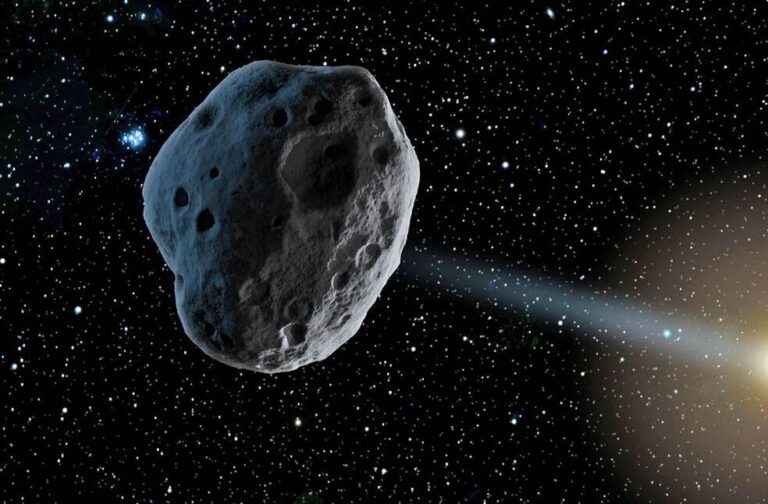United States: According to NASA’s Planetary Defense Coordination Office, it has been monitoring the new asteroid 2023 DW, which has “a very modest possibility” of colliding with Earth on February 14th, 2046.
The European Space Agency predicts that the asteroid will collide with Earth one in 625 times, whereas the Sentry system of NASA’s Jet Propulsion Laboratory predicts a collision once in 560 times. The only object that scientists are monitoring and that has a ranking on the Torino scale, which NASA uses to classify potential Earth-impact scenarios, is an asteroid. The chances of the space rock hitting the globe, according to the US space agency, are incredibly remote.
Orbit analysts will continue to monitor asteroid 2023 DW and update predictions as more data comes in. Explore this asteroid and others: https://t.co/vXY8HDjycJ (2/2)
— NASA Asteroid Watch (@AsteroidWatch) March 7, 2023
“Often when new objects are first discovered, it takes several weeks of data to reduce the uncertainties and adequately predict their orbits years into the future, orbit analysts will continue to monitor asteroid 2023 DW and update predictions as more data comes in,” NASA tweeted.
The asteroid, which was discovered for the first time is thought to have an average diameter of 49 metres (160 feet), or about the length of an Olympic-sized swimming pool. The asteroid is expected to make 10 close encounters with Earth, with the remaining nine falling between 2047 and 2054, according to NASA.
NASA’s Double Asteroid Redirection Test (DART) spacecraft collided with an asteroid in September 2022 to test if it could avoid potentially disastrous collisions with Earth. NASA later acknowledged that the mission was successful.



